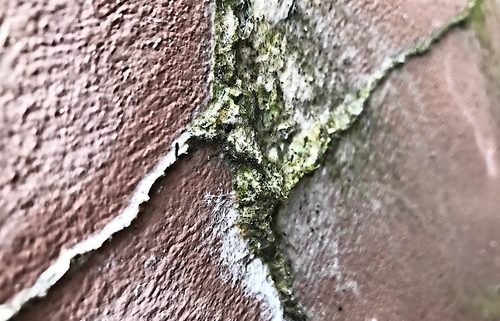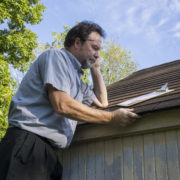Dangers of Wet Insulation in a Commercial Roof
Roof moisture may appear to dry in the sun and wind. Yet, once roofing insulation gets wet, hazardous and costly problems get started almost immediately. A commercial roof inspection using IR thermography is imperative to detect and stop these potentially devastating issues in their tracks.
Fixing a Leak Isn’t Enough
Do you know why you can’t just fix a leak, but have to remove any wet insulation, too? It’s because water conducts energy, so instead of keeping energy inside the building, insulation that’s wet takes it out of the building.
Wet insulation also adds weight to your building’s roof, which can cause structural damage such as warping. Trapped wetness degrades materials throughout the roofing system, rusting steel components and weakening energy efficiency. In fact, since the wetter the insulation the heavier it is, your entire building’s integrity is at risk.
Of course, mold and mildew is dangerous to people, too. Mold takes hold within 24 to 48 hours. FEMA warns that besides being known allergens, some molds are seriously toxic. All molds, however, are capable of being detrimental to someone’s health.
A Sound Maintenance Plan Includes IR Testing
Every sound commercial roofing maintenance plan includes an annual IR thermography inspection. Wet insulation isn’t always noticeable until the mold and mildew become visible … and the problems become much more expensive to correct. They can also interfere with your operations, adding additional costs to an already unbudgeted expenditure.
If your enterprise is under a low-slope or flat roof, commercial roofing thermography now could save you tens of thousands of dollars later.
Call Infrared Consulting Services today, and let us find your wet insulation now!





 By detecting problems before they occur and by pin-pointing exactly where problems might exist, Infrared Thermographic Testing has many benefits.
By detecting problems before they occur and by pin-pointing exactly where problems might exist, Infrared Thermographic Testing has many benefits.
 Learn more about our wide range of non-invasive, non-destructive inspection & testing services and if they are right for your needs.
Learn more about our wide range of non-invasive, non-destructive inspection & testing services and if they are right for your needs.
 Founded in 1988, Infrared Consulting Services (ICS) provides professional infrared electrical, NDT and building envelope inspection services nationwide.
Founded in 1988, Infrared Consulting Services (ICS) provides professional infrared electrical, NDT and building envelope inspection services nationwide.

